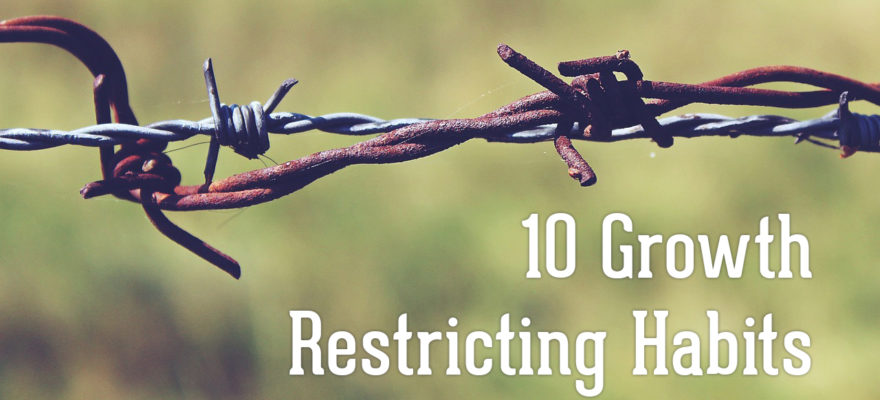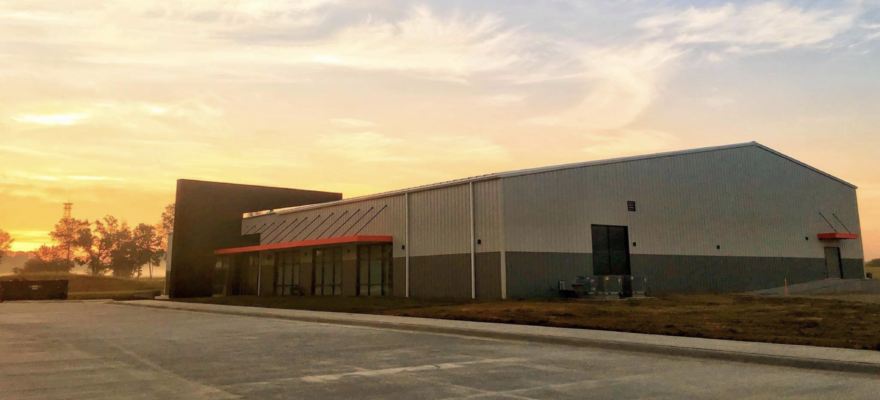By Vicki Smith, Women’s Ministries Executive Director
“Who hath saved us, and called us with a holy calling, not according to our works, but according to his purpose and grace, which was given us in Christ Jesus before the world began.”
– 2 Timothy 1:9
Merriam-Webster defines the word calling as “a strong impulse toward a particular course of action especially when accompanied by conviction of divine influence.”
I sometimes have felt that the phrase “I feel called to do it” has been used flippantly and often without real thought. I do not know how many times a woman has come to me and said, “I really feel called to do this,” and maybe six months later says that she does not feel called in that area anymore. We could spend countless hours discussing what it truly means to be called. Calling for each of us is different, and it comes in different forms. And yes, God does move us from one service area or “calling” to another. There is a passage of scripture that, in my mind, sums it all up. Isaiah 6:8 “Here I am Lord, Send Me.”
I ran across a quote by the author Emilie Barnes that says “Instead of thinking of the will of God, why not think of it as I will. God, I will do whatever you desire me to do.”
I have been so blessed in my life to have known so many Godly women. Women who only want to do the will of God. Some have stepped out of the box and have or are serving in some areas that have made them true pioneers in the denomination. Others have served in very traditional ways, while still others are unsung heroes serving quietly behind the scenes but faithfully answering God with “I will.” They cover a broad spectrum of ages and live in varying demographic areas. Their experiences are varied. Some I have known for a long time and are close friends. Some are colleagues that I have served alongside at some time or another. Some I have known only for a short time, but I am so thankful that God caused our paths to cross.
In 1911 Asenath Brewster responded to God with “I will.” To date, over 100 women have answered with “I will” and have gone to serve on one of our General Baptist mission fields. Over one-fourth of those going as a single woman.
I hope that as you read about these seven women, you will be as touched by their testimonies and as blessed as I am by their faithfulness. I also pray that their stories will inspire you to search for the “I WILL” in your life.
Continue reading

